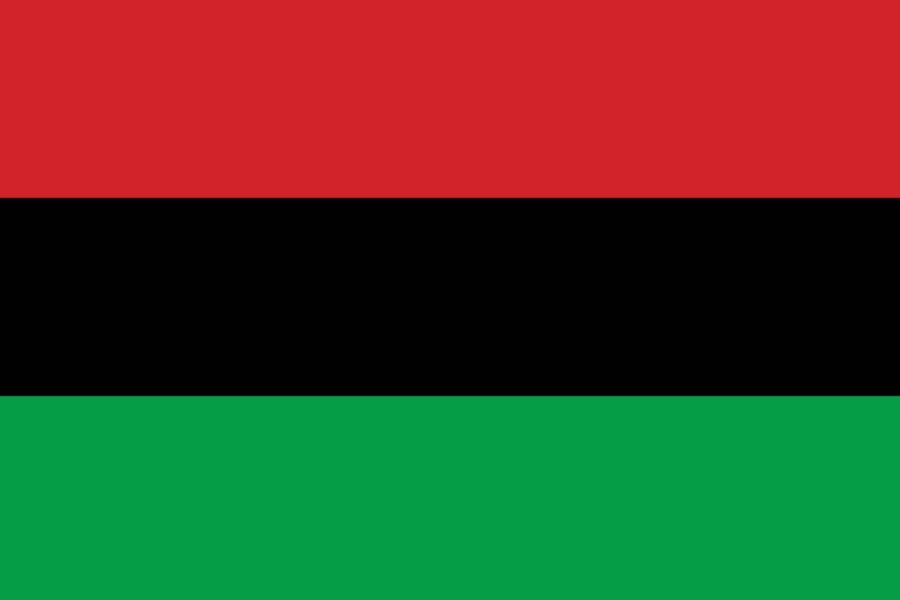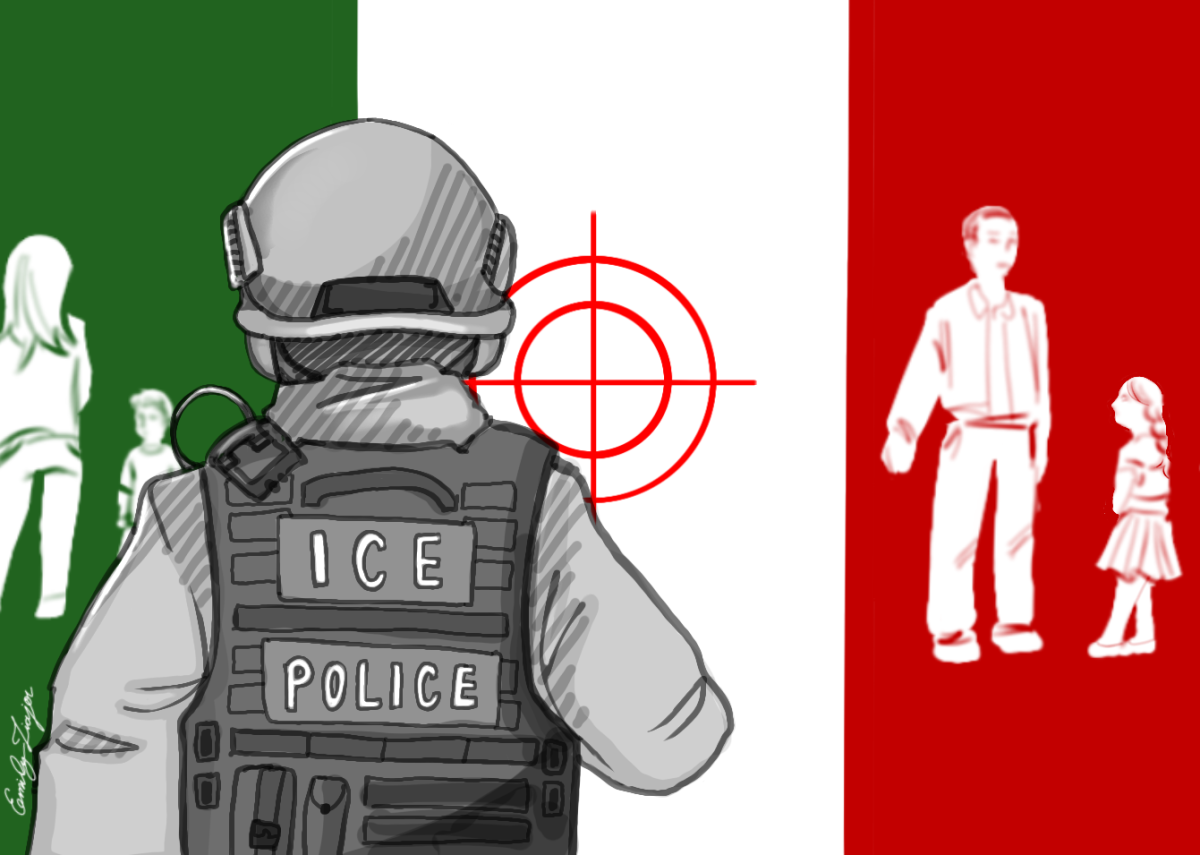The Hidden Daily Struggles Black Students Have When Trying to “Fit In”
BSA raises cultural awareness through discussing their lives as a minority.
February 14, 2022
The lack of accessibility. This is what students of color continue to experience in each of their daily lives, especially in schools, media, and even personal grooming products. What minorities continuously encounter that usually goes unseen is brought to light during the Black Student Alliance (BSA) Virtual Panel.
To start off Black History Month, the Black Student Alliance hosted a Virtual Panel Discussion Feb. 3 to discuss their experiences about being a minority. The panel consisted of different topics regarding stereotypes, accessibility to beauty products, beauty standards for both men and women, and diversity in schools.
There were four panelists coming from African, Mexican, and Filipino backgrounds connected over Zoom, with a variety of professors, counselors and students who joined. They first began to talk about the beauty standards they encountered as each of them grew up while many of them went through similar experiences. Growing up in predominantly white neighborhoods, they subconsciously grew to envy how their peers in grade school and high school looked. As the girls would be most familiar with straight, long, blonde hair, they felt as though they couldn’t fulfill that “beauty standard” they were most exposed to.
The president of BSA, Fasika Hailu, explained she would even use a straightener on her hair everyday, consistently damaging her naturally textured hair to “fit in.” “I was nervous [to share] since the other panelists and I have never shared our personal experiences nor hosted a zoom discussion before.” Hailu said.
The guys also felt alienated because of a lack of other students they could relate to. The historian of BSA, Luke Aliga, explained how he used to wish he had blonde hair and different colored eyes that weren’t brown, feeling a lack of pride in his culture of being Mexican and Filipino. “I didn’t know which one to be growing up, I wasn’t fully Mexican or Filipino, and there weren’t many people of those cultures where I grew up.” Aliga said.
Each of them explained how there is still a lack of beauty products for textured hair or for their skin types, most being overpriced as compared to easily accessible beauty products in drug stores.
Then they explained the different stereotypes each of them would encounter, using examples like: “Black girls are loud and aggressive” or “Are you Chinese?” or “Black guys are thugs or in gangs.” They each went into depth how these stereotypes impacted them growing up, thinking they had to change the way they act just to fit a societal standard.
SunShine Ballentine, a student success counselor at COD who joined the panel, expressed her thoughts on the presentation.
“The students did an excellent job summarizing the results of current research on the topic,” she said. “They took us on a vivid journey of how that research presents itself in their lives every day. Although some aspects of the Black experience are unique, there are many themes that are universal…we all have equally important experiences and perspectives.”
Through discussing these topics, they wanted to highlight the importance of learning to be OK with your culture and being a minority, not needing to conform to any expectations on how they should act or look.
“Our mission for the presentation was to educate and showcase our experiences as minority students.” Hailu states.
BSA wanted to emphasize the importance of these topics and create a conversation on how they can make a difference by having more history of different cultures taught more in grade schools and high schools, rather than just higher education.
“Some people said they were unaware of the challenges that were realities for many Black people in America,” Ballentine explained. “Some people asked the question, “what is the difference between Black life and any other life? I believe this presentation gave a powerful answer.”
“But the question we should all be asking is: after learning about this experience, what do I now understand more clearly, more personally, about humanity, and what can I do as a human to promote positive change? I was in awe and inspired by the presentation, and I hope it becomes a springboard for further positive change.” Ballentine said.
Black Student Alliance is an all-inclusive club and is open to non-Black members joining, hence the word “alliance.” Luke Aliga explained, “Our goals are to raise cultural awareness, lead important discussions regarding equality in higher education, host events that get the greater COD community involved, and to be a safe space for people to share their ideas on how we can engage with society to make it better.”
BSA meets every Thursday from 12 p.m. to 1:30 p.m.




















